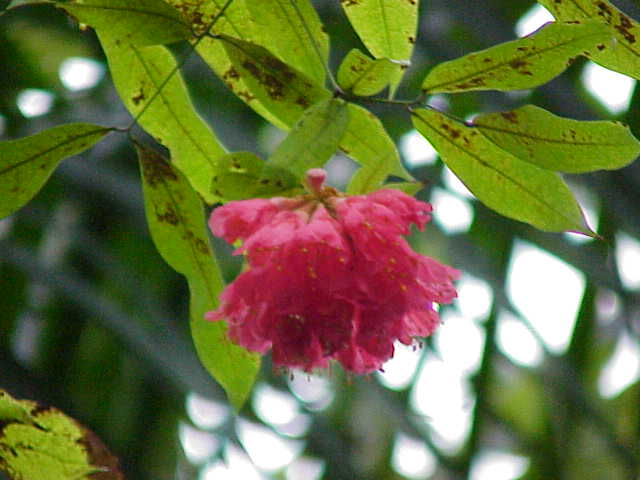Anti-catholicism was a constant issue for England from the time of the break with Rome in 1534. In Ireland, there was always a geopolitical aspect - fear that the recalcitrantly catholic Irish would make common cause with their co-religionists in Spain, and later France, and threaten England's western flank. It took 150 years for England - later, Britain - to subdue catholic Ireland through war and confiscation, followed by nearly the same amount of time during which catholics were subject to civil penalties of varying degrees of severity. The human dimensions of these policies are easily lost behind the sheer numbers of people affected, as well as by the many, many private histories that were never written. So, sometimes an exemplary life tells a lot. Patrick Browne was a Dublin merchant, a prominent man who supported the English government and was invited to become mayor of the city. He was also a catholic who refused to conform to the established (protestant) church. He began to be prosecuted for recusancy and was fined and imprisoned. His defiance continued and so did the fines and imprisonment. At one time he was offered a kind of buyout - purchase, presumably for a substantial sum, of immunity from prosecution. He refused. The jailings continued regularly. In 1614, after about 11 years of persecution, he caught an infection in prison and died. It's a small, sad story - the determination of a ruthless sovereign to impose conformity and the refusal to give in. Not being a person of faith, I know I would have paid the money. But I'm moved by Patrick Browne's death, perhaps because he seems to have been more awkward than histrionic: no big speeches or grand gestures, just the constant back and forth between freedom and incarceration until the end came.
There are kinder forms of immortality. Another Patrick Browne has a lovely genus of shrubs and trees named after him, the Brownaea. He was a Mayo doctor who pursued science in the classic 18th century manner, as an exalted hobby. He corresponded with Linnaeus, Joseph Banks and Hans Sloane, and collected the flora and fauna of the West Indies, writing a landmark book The Civil and Natural History of Jamaica (which, thanks to the internet, you can actually read, here.) He also described several hundred plants in Mayo and Galway and urged the establishment of an Irish botanical garden (one was eventually created, in Dublin). As a demonstration of the international reach of these corresponding scientific pioneers, the Brownaeai genus was named for him by the director of the Imperial Gardens in Vienna.
Here's another beautiful thing: an 1870s photograph of the Slieve Bloom mountains in Co. Laois by T.M. Browrigg, a policeman and amateur photographer. He photographed prodigiously for 50 years, exhibiting and winning prizes in Ireland and England for landscapes taken in those countries as well as France, Italy, Spain and Italy. From the 1870s on, he became identified with what were describe as both "naturalistic" and "impressionist" styes, experimenting with focus and paper to varying effects. His pseudonym as "Waterbaby", which cerrtainly fits this photo. He was also quite successful as a policeman, retiring as an assistant inspector-general of constabulary at the age of 54, leaving himself with a quarter-century of time to photograph unencumbered by the demands of paid work.
Cathal Brugha was born Charles Burgess, but like so many gaelicized his name during the politico-cultural fervor of the 1890s and early 1900s, during which he acquired a fluent command of Irish. Fervid, too, was his revolutionary outlook, causing him to leave a job for an English-owned business to set up his own company with fellow nationalists. (The new enterprise also gave him cover to enlist new recruits to the cause while traveling for it as a salesman.) He fought in the Easter Rising and was so badly wounded that the English released him from hospital to die, rather than hold him prisoner as they did so many others. He survived, but experienced considerable pain thereafter. Although he was a central figure in the war of independence, and the subsequent civil war, he has tended to get a bad press from historians. Mostly, his poor reputation has been self-inflicted: he burned with hatred for Michael Collins, resenting his success in and appeal to to the republican movement. He was hard-headed to the point of obstinacy, which even his friends found hard to bear. He died of wounds sustained during the civil war, characteristically fighting on when most of his comrades had surrendered. Ironically, Collins paid him a handsome tribute after his death.
Subscribe to:
Post Comments (Atom)



No comments:
Post a Comment